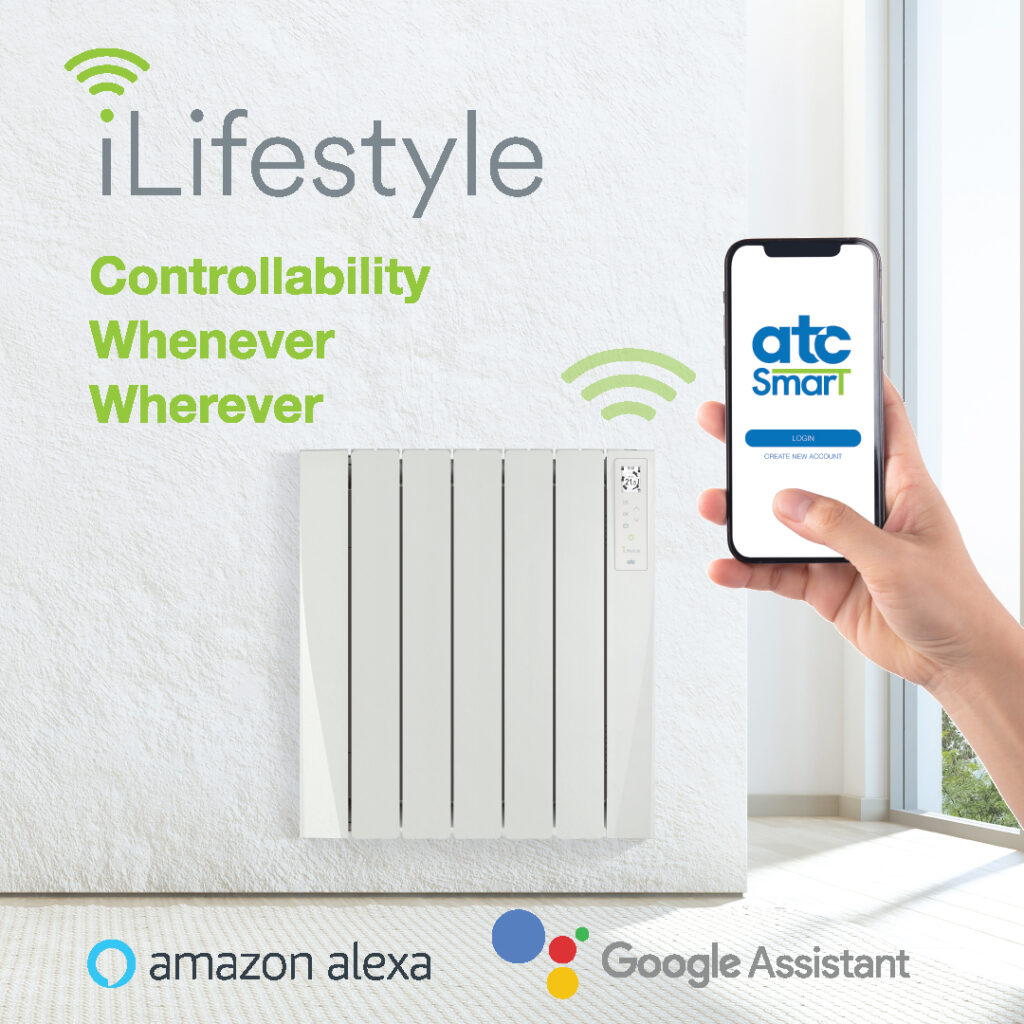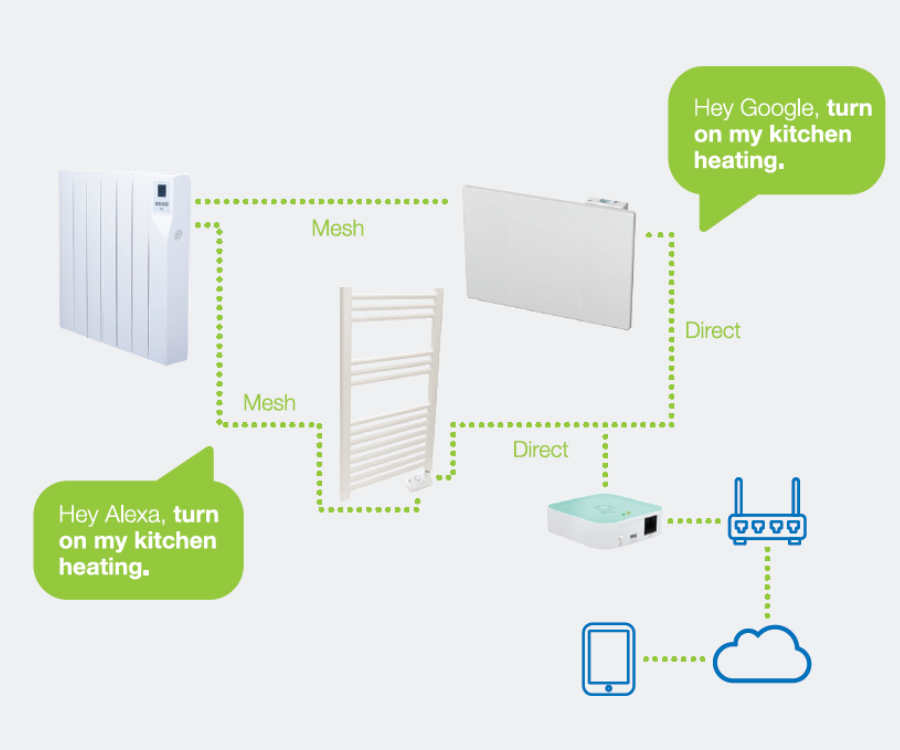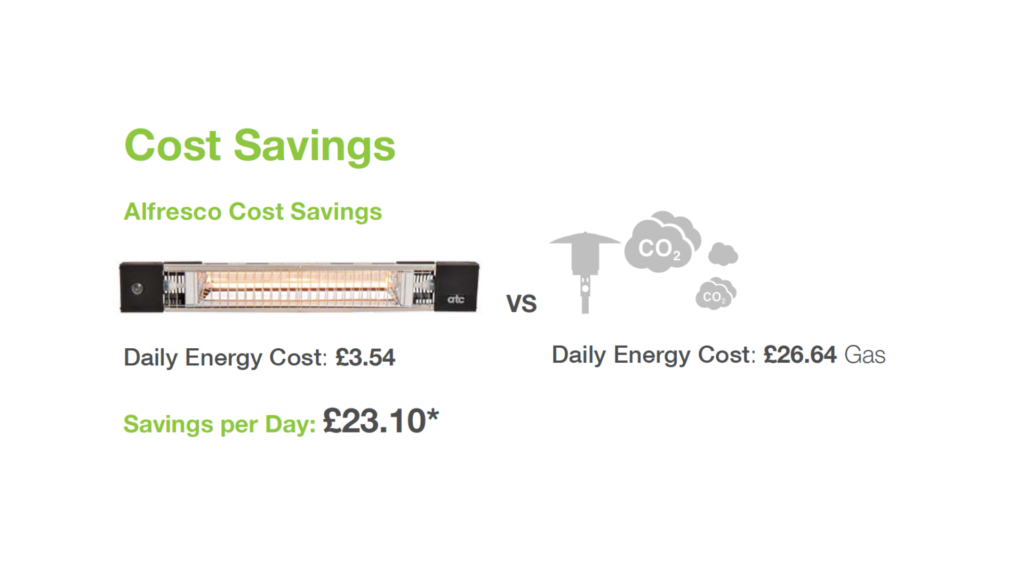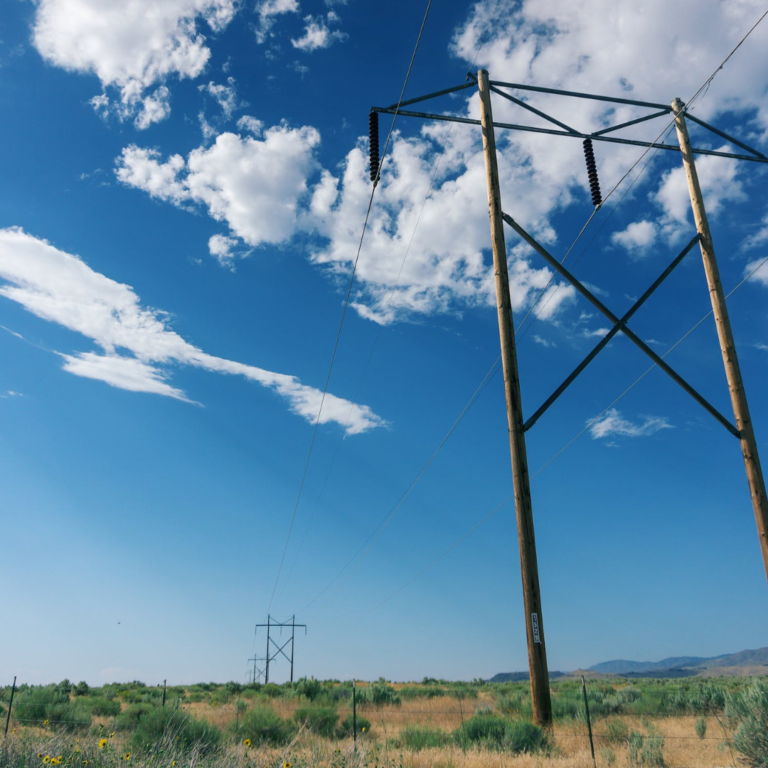The Context

As the war in Ukraine rages on, the global energy market is being severely affected, culminating in an energy crisis that shows no signs of halting.
Nearly a year on, countries are still working to prevent fuel shortages and are doing what they can to ensure their people have financial relief in order to pay their steadily increasing energy bills.
Are Energy Prices Increasing?
The price of fuel is based on both demand and external factors. Aggravations such as war or disrupted supply chains can lead to increases in prices as a result of anticipated scarcity and higher logistics costs.

The impact on energy prices in 2022 was clear:
In Ireland, from December 2021 to December 2022, the price of gas rose by 86.5%, liquid fuels (home heating oil) were up 39.9% and solid fuels were up 46.9% in the year. (RTE News)
Electricity prices in the UK rose by 66.7% and gas prices by 129.4% in the 12 months to January 2023. (Office for National Statistics)
Due to a mild winter in 2022, there are more reserves left than anticipated, which has delayed any potential shortages. However, this is only short-term cover.
Based on the trends observed in 2022, and given that there is no sign of the war in Ukraine ending, it would seem that 2023 could be witness to further increases in energy costs.
How to Cope
The war in Ukraine is not something we can control, but we can control the energy source we use, and how we use it.
It’s clear from a global perspective that renewables are the best solution for tackling many problems.

By switching to wind and solar power to generate electricity rather than relying on gas imports, this abates the costly reliance on fossil fuels, and also helps meet the UN’s Sustainable Development Goals, to save our planet.
This crisis has reminded us that fossil fuels are a finite resource, and it is important now more than ever to make a switch for a better future.
How to Conserve Electricity & Keep Costs Low
The secret to keeping your heating bills low is controllability!
We take our most popular heating options below and demonstrate how you can conserve energy and keep costs low.
Smart Heaters
ATC stocks two smart heating systems to choose from: the iLifestyle and the RF Family.
iLifestyle

The iLifestyle is a WiFi direct heater which enables users to easily control their heating wherever and whenever.
Users can control the heating in 3 ways:
- Control via mobile, tablet or laptop devices
- Simply download the ATC Cala App to control the iLifestyle radiator directly from your mobile, tablet or laptop devices.
- Hands free control via Google Home / Amazon Alexa
- Gain full voice control of the iLifestyle by connecting it to your Google Home or Amazon Alexa, devices. Switch on your heating as quickly as it takes to say ‘Hey Google’!
- Control direct from Radiator’s Control Screen
- Program the radiator directly by using the large & easy to read TFT screen.
Through the App, users can also monitor and estimate their heating consumption costs. Visibility of the heaters ensures that they are not on unnecessarily, and can also be programmed to ensure no wasted energy or unnecessary costs.

RF Family

The RF Family consists of a suite of products:
- Sun Ray RF
- Merida RF
- Pacific RF
These heaters use Radio Frequency technology, which connects each heater and allows for complete controllability via the ATC App.
Users gain complete visibility of each heater, and can view heating consumption costs by heater, room, or zone. Heaters can be controlled and programmed remotely, to avoid wasted energy and unnecessary costs.
The RF Range also features Landlord Mode, a setting which can be used by hotels, holiday rentals, student accommodation or landlords to lock controllability of the heater, and ensure that only they can control when the heating is on, how long it is turned on for and set limits for the temperature that is reached.
Digital Heaters
ATC’s digital heaters offer users a smart LCD TFT screen on which they can programme heating times, and customise their heating schedule.
These heaters also offer a range of modes* to choose from, including Program, Manual, Frost Protection, Comfort and Economy.
Outdoor Heaters
Electric Outdoor Heaters are immediately cheaper to run compared to their gas equivalent.
A standard 1.8kW heater costs £3.54 to run per day, compared to £26.64 per day for a gas heater.
Switching from gas to electric outdoor heating immediately saves £23.10 per day.**
In addition to this, there is also the added cost of replacing the gas bottle, which retails at £52.50 for a 13kg canister.

For more information on ATC’s energy efficient, cost-saving heating range, get in touch:
0203 564 9164 | sales@atcelec.co.uk
*Modes differ based on heater model
**Based on heaters operating 7 days @ 6 hours per day, 42 weeks per year. Figures correct as of November 2022. Calculations made based on 1.8W Alfresco at energy cost of £0.33 / kW. Gas heaters burning 1.1kg gas / hour, with price of 13kg bottle £52.50.












